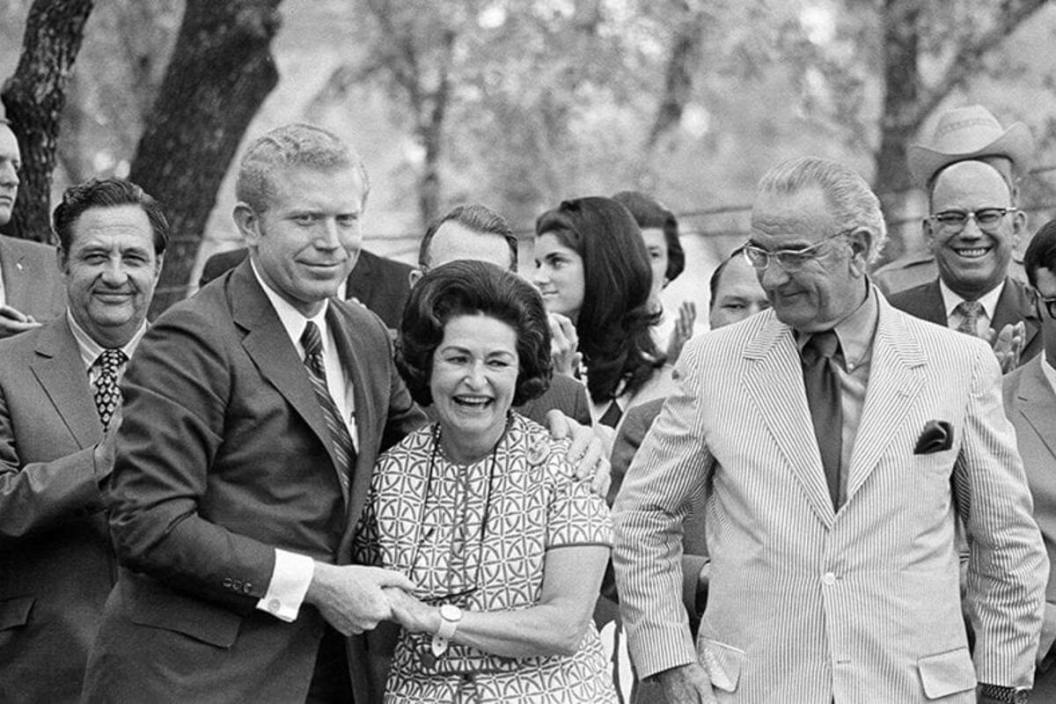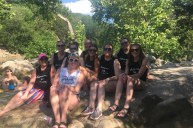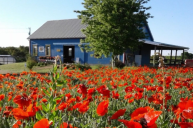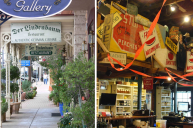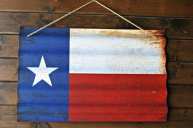Lady Bird Johnson, born Claudia Alta Taylor, started her life as a small-town girl but would go on to leave a towering legacy both as a First Lady of the United States and as the First Lady of nature in Austin, Texas.
Videos by Wide Open Country
Born in 1912 and raised in tiny little Karnack, Texas, Lady Bird Johnson found herself on her way to Austin after high school in 1930 to attend the University of Texas at Austin to pursue a bachelor's degree. (Today the LBJ Library is on UT's campus.) According to her biography, as the plane was touching down in Austin Lady Bird saw a gorgeous field of bluebonnet flowers growing in the Texas hill country and fell in love with the natural landscape and nature of the city, resolving to live the rest of her life there. If you've ever seen Texas in the springtime, this is definitely understandable because the healthy landscapes from Zilker Park in Austin all the way through the hill country down to San Antonio really is stunning.
Of course, life has a funny way of changing one's plans. While in Austin, Lady Bird eventually met and married some guy named Lyndon Baines Johnson, another native Texan, who went on to have a little bit of a notable political career. Lady Bird followed LBJ to Washington, D.C. for his congressional office terms and eventually into the White House when Johnson became the 36th President of the United States following the assassination of John F. Kennedy.
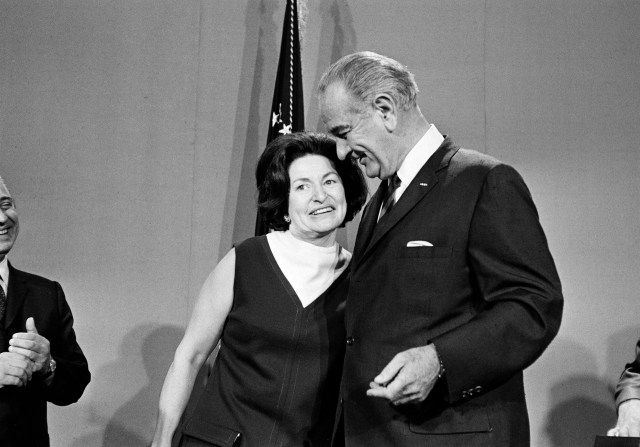
President Lyndon B. Johnson holds a pen as he kisses his wife, Lady Bird Johnson during a bill signing at the White House, Oct. 16, 1968. The president signed into law higher education and vocational education bills, which he said, will help assure those seeking professions and business careers of the best education the nation can provide. (AP Photo)
Even while Lyndon B. Johnson was practicing politics in the House, Senate, as Vice President and eventually as President Johnson in the White House, Mrs. Johnson never lost her passion for nature and beautification. She launched the Highway Beautification Act and the First Lady's Committee for a More Beautiful Capital.
After President Johnson left office, the couple came back to Texas, where Lady Bird already had a head start on plans for beautification projects in Austin. Lady Bird spearheaded efforts to make Town Lake in downtown Austin more attractive with lush greenery, flowers and flowering plants, and even a gazebo and fountain.
Her work on Town Lake was a massive success. To this day, the body of water is an incredibly popular attraction for locals and tourists to canoe and paddleboard on. After Lady Bird Johnson's death in 2007, the lake was renamed Lady Bird Lake.
After Lyndon Johnson's death in 1973, the former First Lady kept right on with her preservation and conservation work. She was also responsible for the creation of the National Wildflower Research Center, located (of course) in Southwest Austin. Today it's known as the Lady Bird Johnson Wildflower Center and is a great society dedicated to the conservation of native plants. It has over 900 species across its 284-acre grounds. (And you better believe her husband's Presidential Library had some pretty nice flowers too!) The botanical gardens have become a popular destination in Central Texas not only because of the natural beauty of the native Texas plants, but also the event space onsite gives you one of the most beautiful settings in all of ATX.
Lady Bird Johnson's ultimate legacy is one of care: She was there to care for Jacqueline Kennedy on Air Force One after her husband's assassination. She cared for people as a nursemaid in World War II. She cared for Texas, the environment, the native plants of North America, and the planet as a whole.
This article was originally published in September of 2019.
Now Watch: The 5 Best Log Cabin Kits to Buy and Build
https://rumble.com/embed/u7gve.v43sub/
